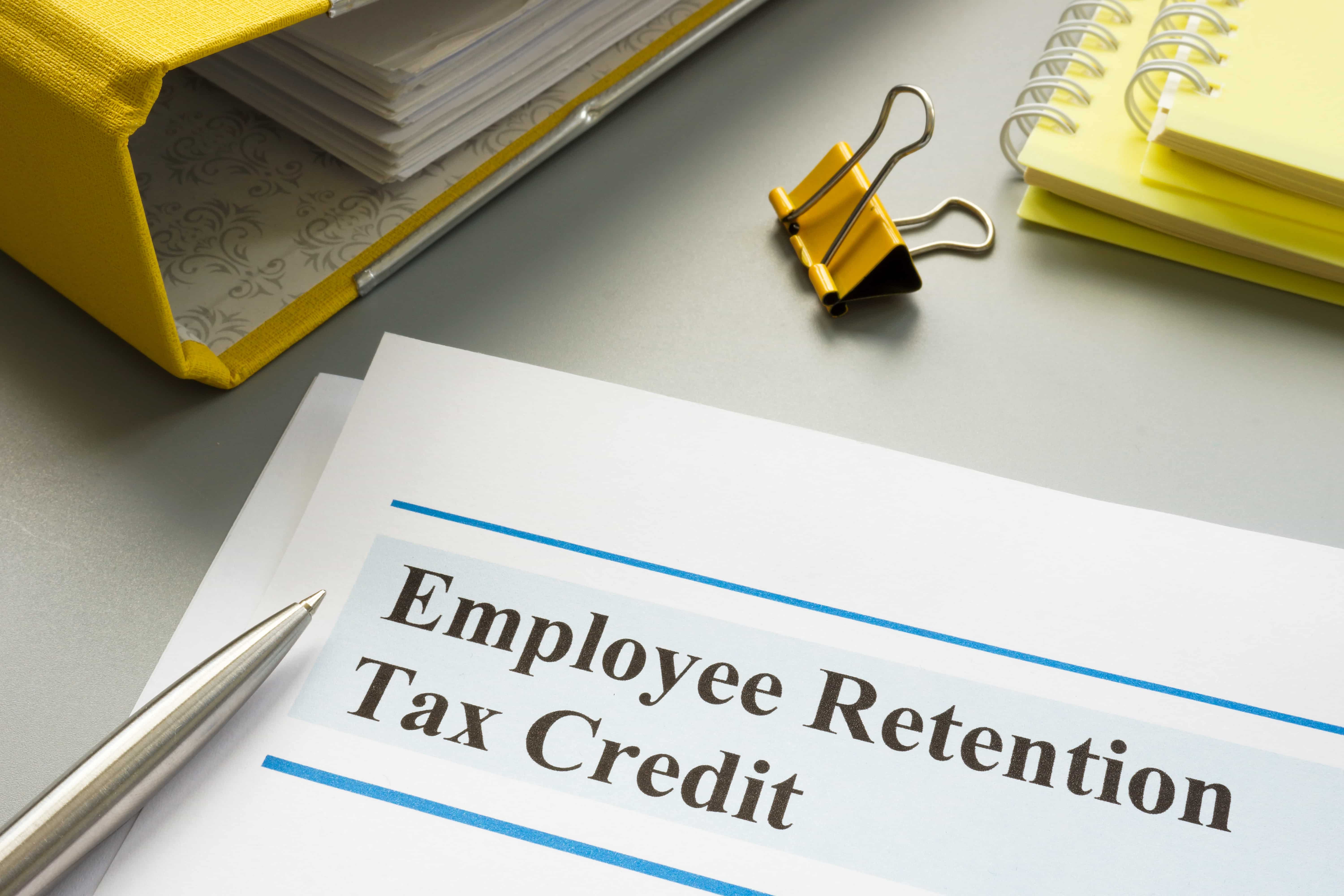The Employee Retention Tax Credit (ERTC) is a federal tax break for businesses that retained paid employees during the 2020 COVID-19 pandemic. This tax credit enables for-profit organizations to claim credits based on qualified wages paid to employees, including health insurance costs.
Per quarter, the Employee Retention Tax Credit allows employers to claim up to $5,000 for each employee for 2020, and up to $7,000 for 2021. The ERTC sunsetted on October 1, 2021, which ended the planned program three months early—preventing business owners from claiming the credit in October, November, and December of 2021.
Now that you understand the Employee Retention Tax Credit, here are three important facts you need to know:
1. Is my business eligible for the ERTC?
According to the IRS, employers are eligible for the ERTC if their business sustained “a full or partial suspension of operations that limited or halted commerce, travel or group meetings due to COVID-19 and orders from a governmental authority” for the following reasons:
- Capacity restrictions
- Supply chain disruptions
- Local, state, or federal travel restrictions
- Commerce disruption
- Group gathering restrictions
- Vendor and customer restrictions
- Full or partial shutdowns
- Jobsite or customer shutdowns
- Work-from-home orders
Businesses that experienced at least a 50 percent decline in gross receipts (when compared to the same quarter in 2019) during any quarter of 2020 or a decrease in gross receipts during the first three quarters of 2021 may also be eligible to claim the Employee Retention Tax Credit. It may also apply to any organization that qualified as a recovery startup business during the third or fourth quarters of 2021.
However, employee wages reported as payroll costs for PPP loan forgiveness and other certain tax credits are not eligible for the ERTC during any tax period.
2. What is the eligible period to claim the ERTC?
For 2020, the ERTC can only be applied to payroll taxes that account for an employer’s share of Social Security taxes on wages paid between March 12, 2020, and December 31, 2020. This tax credit is 50 percent of wages paid up to $10,000 per employee, capped at $5,000 per employee. If the employer’s tax credit total exceeds the amount of the employer’s owed Social Security taxes, the excess is paid to the employer.
Although businesses cannot claim the ERTC for 2022, they can still retroactively claim it for 2020 and 2021 by filing an amended tax return using IRS form 941-X.
However, if taxpayers submit this form for 2020 and receive the credit later this year, they must update their 2020 tax return to report the higher taxable income. Additionally, taxpayers can’t deduct the ERTC for tax purposes during any quarter in 2021.
This means that taxpayers who haven’t yet filed their 2021 tax returns and wish to apply for the 2021 Employee Retention Tax Credit may want to hold off filing their taxes for that year. Instead, it’s best to apply for the ERTC and include it in the 2021 tax return. This prevents them from having to submit an additional amended 2021 return at a later point in time.
3. What is the Employee Retention Tax Credit deadline?
For-profit companies have up to three years from their tax return’s due date (April 15) to qualify. This means employers can claim the 2020 ERTC until April 15, 2024, and the 2021 ERTC until April 15, 2025. To do so, they must file an amended quarterly payroll tax return, or form 941-X.
Get the best advice on the ERTC.
If you continued operating through the COVID-19 pandemic, you may qualify for the ERTC. Are you unsure if your business is eligible? We can help.
Contact us today to learn more about the Employee Retention Tax Credit. We’ll even file it for you! Call us at 508-797-5003 for a free consultation.



